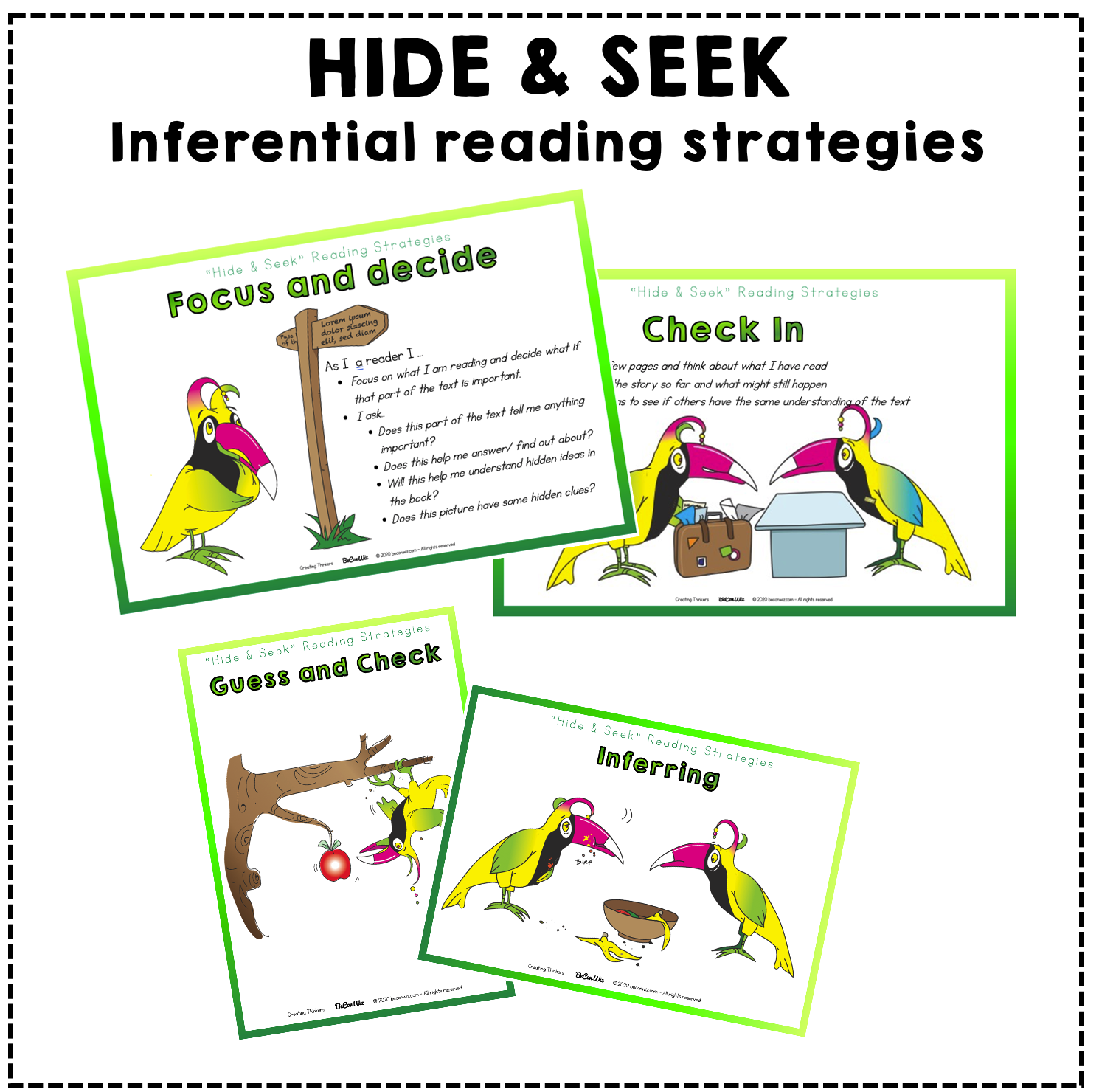Introduction to Hide and Seek
Hide and seek is a timeless game that captivates players of all ages across the globe. Its simplicity and versatility have allowed it to transcend generations, making it a cherished activity in parks, backyards, and even indoors. At its core, the game involves two main roles: the hiders who conceal themselves and the seeker who attempts to locate them. This dynamic not only fosters a sense of adventure but also encourages creativity, strategic thinking, and psychological skills.
Understanding the basic rules of hide and seek is essential for both beginners and seasoned players. Typically, the game begins with the seeker counting to a predetermined number while the hiders find their hiding spots. Once the countdown is complete, the seeker embarks on the quest to find the hidden players. The thrill of the chase and the joy of discovery are what make this game so engaging.
As we delve deeper into the nuances of hide and seek, this guide aims to equip players with a variety of strategies for both hiding and seeking. From essential tips for children to advanced techniques for experienced players, we will cover everything you need to know to enhance your gameplay and enjoyment.

Strategies for Hiding
Choosing the right hiding spot is pivotal for success in hide and seek. The ideal location should be a blend of concealment and strategic advantage. Smaller players often excel in tight spaces like behind furniture or in closets, while taller players might find refuge behind curtains or doors. It’s crucial to avoid predictable spots that have been used in previous rounds, as seasoned seekers will likely check these first.
Moreover, consider the environment when selecting a hiding place. Look for areas with multiple escape routes; this allows you to evade capture if the seeker gets too close. Remaining silent and still is equally important. Noise can easily betray your position, so practice controlling your breathing and minimizing movements. Additionally, incorporating elements of camouflage, such as blending in with your surroundings, can significantly increase your chances of remaining undetected.
Another effective strategy is to engage in psychological tactics. Understanding the seeker’s tendencies can help you choose a spot that is less likely to be checked. If you know the seeker tends to look in certain areas first, position yourself elsewhere. Ultimately, the objective is to remain unpredictable, making it difficult for the seeker to anticipate your location.
Tactics for Seeking
Effective seeking is a combination of patience, keen observation, and strategic planning. The seeker’s role is not just about finding players but also about creating an atmosphere of suspense and challenge. One of the first tactics to employ is to count slowly and deliberately. This gives hiders ample time to find their spots, increasing the game’s excitement.
As you begin your search, utilize all your senses. Listen for subtle noises, such as rustling or quiet giggles, and watch for any movement that might indicate a hidden player’s presence. A systematic approach to searching is essential. Start in one area and methodically work your way through the space, ensuring that you don’t overlook any potential hiding spots.
Being unpredictable in your seeking strategy can also be advantageous. If you consistently search in a specific pattern, hiders will catch on and adjust their tactics accordingly. Mix up your approach by occasionally changing your route or checking areas that seem less likely. This unpredictability adds an element of surprise, keeping hiders on their toes.
Lastly, remember to engage with the players. Use playful banter or friendly challenges to enhance the fun. Encouragement can create a positive atmosphere, making the game enjoyable for everyone involved, regardless of who is found first.
Psychological Warfare in the Game
Hide and seek transcends mere physicality; it delves into the realm of psychological strategy. Both hiders and seekers must anticipate the other’s moves, creating a mental chess match that adds depth to the game. For hiders, understanding what the seeker might consider a “safe” area can significantly improve their chances of staying hidden.
Hiders should also be aware of the seeker’s patterns. If the seeker tends to check certain spots first, it might be wise to choose a hiding place that is less obvious. Conversely, seekers can gain an advantage by analyzing past games to determine typical hiding strategies used by their opponents.
Creating distractions can also be a powerful psychological tactic. Hiders might make subtle noises to lead the seeker away from their actual location, while seekers can employ tricks like pretending to leave an area to draw out hiders. This form of psychological warfare not only adds excitement but also enhances the strategic complexity of the game.
Moreover, fostering a sense of competition can motivate players to enhance their skills. Friendly rivalries often encourage players to innovate their strategies, making the game even more engaging. By embracing the psychological aspect of hide and seek, players can elevate their overall experience and enjoyment.
Variants of Hide and Seek
The beauty of hide and seek lies in its adaptability, leading to numerous variants that reflect local cultures and traditions. Each version introduces unique rules and challenges, enriching the overall experience. One well-known variant is “Bang-Sak,” popular in the Philippines, where the seeker uses a playful command to tag hiders. This variation adds a fun twist to the traditional game, making it more interactive.
Another intriguing variant is “Sardines,” where instead of multiple hiders, only one person hides while everyone else seeks. When a seeker finds the hider, they join them in hiding, creating a reverse hide and seek dynamic. This variant promotes teamwork and can often lead to hilarious situations as more players cram into smaller spaces.
Different cultures may have their own unique adaptations of the game, each with its specific rules and playful elements. Exploring these variants not only diversifies gameplay but also provides insight into the cultural significance of the game in various regions. Players can enhance their enjoyment by experimenting with these different versions, allowing for fresh challenges and new experiences.
Tips for Playing with Children
When engaging with younger participants, adapting your strategies can significantly enhance their enjoyment and participation. The key to a successful game with children is to create a fun and light-hearted atmosphere. Incorporating humor and familiar references can help keep the mood upbeat, making it easier for everyone to engage.
Simplifying the rules is also crucial for younger players. Clear and concise instructions ensure that everyone understands how to play, allowing for a more inclusive experience. Additionally, incorporating elements of playfulness, such as using funny voices or silly challenges, can distract children and make the game more enjoyable.
Safety should always be a priority when playing with children. Ensure that the play area is secure, free from hazards, and appropriate for their age group. Establish clear boundaries and guidelines about where players can hide to prevent any potential accidents.
Encouraging teamwork among children is another effective approach. Creating small teams can foster collaboration and communication, enhancing their social skills. Ultimately, the goal is to ensure that every child feels included and has fun, creating joyful memories that last a lifetime.
Advanced Techniques for Experienced Players
For seasoned hide and seek players, employing advanced techniques can elevate the game to new heights. Mastering skills such as ventriloquism or creating distractions can be beneficial for both hiders and seekers. For example, a hider might mimic sounds from another part of the house to mislead the seeker, while a seeker could utilize sounds or props to divert attention.
Understanding the environment is another critical aspect. Players should be aware of creaky floors, noisy furniture, or other elements that might betray their position. Developing a keen sense of awareness of one’s surroundings allows for more strategic movements, whether hiding or seeking.
Incorporating technology can also enhance gameplay. For instance, silencing phones or using walkie-talkies can minimize distractions and improve communication among players. Experienced players can take advantage of these tools to create a more immersive and thrilling experience.
Ultimately, the goal of employing advanced techniques is to transform an ordinary game into a thrilling challenge. By utilizing creativity and strategic thinking, experienced players can push the boundaries of hide and seek, ensuring that the game remains exciting and fresh.
The Social Aspect of Hide and Seek
Beyond the gameplay, hide and seek serves as a powerful tool for social interaction. It brings friends and families together, fostering connections and teamwork. The collaborative nature of the game encourages players to strategize collectively, enhancing communication skills and promoting camaraderie.
The laughter and joy shared during a game of hide and seek create lasting memories. These moments of fun can strengthen relationships and build a sense of belonging among participants. Whether played in a backyard, park, or indoors, the game offers a platform for shared experiences and bonding.
Moreover, hide and seek can help develop important social skills. Players learn to communicate, negotiate, and strategize together, all while enjoying the thrill of competition. Engaging in this light-hearted activity allows individuals to connect on a deeper level, creating an environment where friendships flourish.
Ultimately, the social aspect of hide and seek underscores its value as more than just a game; it is a means of fostering relationships and creating shared experiences that will be cherished for years to come.
Conclusion: Embracing the Spirit of the Game
Hide and seek is not merely a pastime; it is an exploration of strategy, psychology, and creativity. The game’s evolution, filled with various strategies, techniques, and cultural variants, ensures that it remains captivating for players of all ages. Whether you find yourself nestled in a clever hiding spot or chasing after friends, the thrill lies in the joy of play and the connections forged through shared experiences.
As you embrace the spirit of hide and seek, remember that the ultimate goal is to have fun. The laughter, excitement, and camaraderie built through this timeless game create lasting memories that transcend generations. So gather your friends, set the rules, and enjoy the exhilarating chase that defines hide and seek, making each game a unique adventure.
Armando Maynez
Engineer, industry executive, research enthusiast. Avid learner with diverse interests in coding, machine learning, artificial intelligence and reinforcement learning. 17+ years of experience working in multinational corporations.


Comments